Gretchen Albrecht
On Copper
2 - 22 December 2016
Albrecht is alert to the great and enabling ambiguity in the very act of selecting a colour, allowing a gesture of the hand to move the paint… allowing the mind then to discipline the paint and find form for it. Her images often have a stark beauty, but they are not simple. They are aware of history, of art history, as much as they are of the world unmediated by art.[1]
Gretchen Albrecht’s exhibition features a selection of works that see the artist exploring the materiality of copper. Retaining her interest in shaped supports, the works are executed on ovoid or hemispherical pieces of copper that provide the works with a lustre that borders on an internal glow. As one of New Zealand’s leading colourists, Albrecht’s chromatic mastery is readily apparent in each and every copper work in the exhibition, where she skilfully works with both paint and patina. The works feature slivers of brilliant copper, marbled patina, and opaque paint that enhance and animate one another. Further visual interest is supplied through textural contrasts, for sections of the works have a smooth finish while segments of paint are left visibly raised. Indeed, the paintings reward close inspection, inviting the viewer to linger over the myriad of tonal depths, chromatic nuances, and textual variance.
Many of the celebrated characteristics of Albrecht’s painting practice, such as the threshold motif and hemisphere format are employed in these copper works, but they significantly differ from their canvas counterparts in terms of size and material properties with alluring results. The use of a reduced scale and a copper ground, works to intensify and distil the chromatic luminosity that is readily associated with Albrecht’s paintings, producing intriguing jewel-like works. In addition, the forms and material have time-honoured associations, extending back to the Renaissance and Italian painters Fra Angelico, Duccio, and Piero della Francesca. Thematic and compositional parallels proliferate, for, like her, these artists wove multiple narratives (often around the Madonna), which were circumscribed by arching semi-circular formats. A further link between the works in the current exhibition, and those of the Renaissance and Baroque, is found in the use of copper, for many early modern painters used the metal as a support in order to achieve a fluid surface and an internal brilliance.
Gretchen Albrecht has been exhibiting in New Zealand and internationally since graduating from the Elam School of Fine Arts at the University of Auckland with an Honours Degree in painting in 1963. She has subsequently maintained an extensive exhibition history in private and public art galleries throughout the country. She is also the subject of several major publications, including, most recently, Colloquy: Three Essays, edited by James Ross (Auckland, 2015). Albrecht’s work is held in major New Zealand public collections including the Museum of New Zealand Te Papa Tongarewa, Auckland Art Gallery, Waikato Museum, the University of Auckland and Victoria University. In 2000, she was appointed a Companion of the New Zealand Order of Merit for services to paintings in the Queen’s Birthday Honours.
In addition to the paintings on copper Gretchen Albrecht has launched a new edition of polymergravure etchings, produced by ThumbPrint Editions during her recent time in London.
[1] Colm Tóibín, “Gretchen Albrecht,” in James Ross, ed., Colloquy: Three Essays (Auckland, 2015): 11.
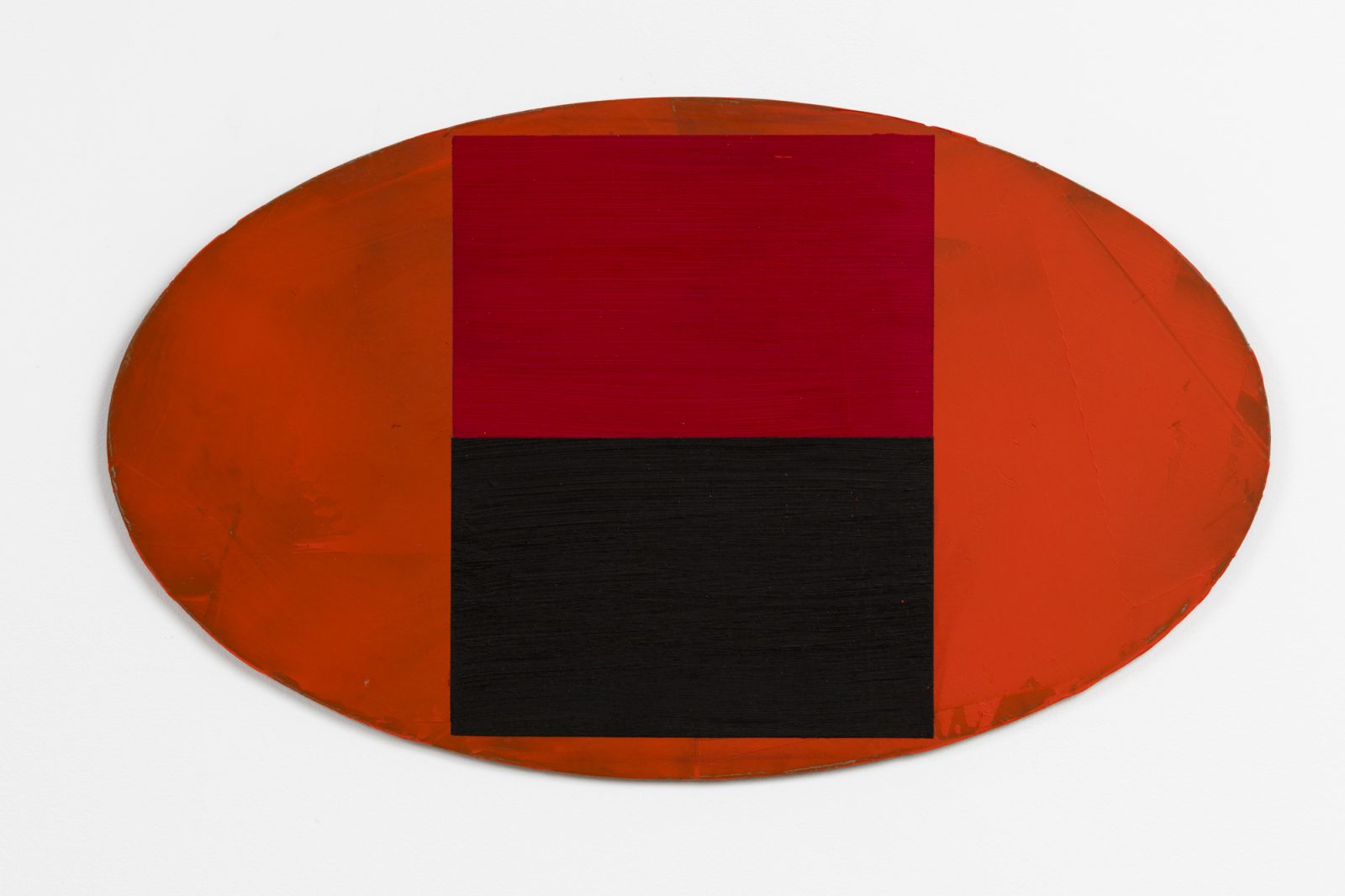
oil and patina on copper
230 x 385 mm

oil and patina on copper
225 x 380mm
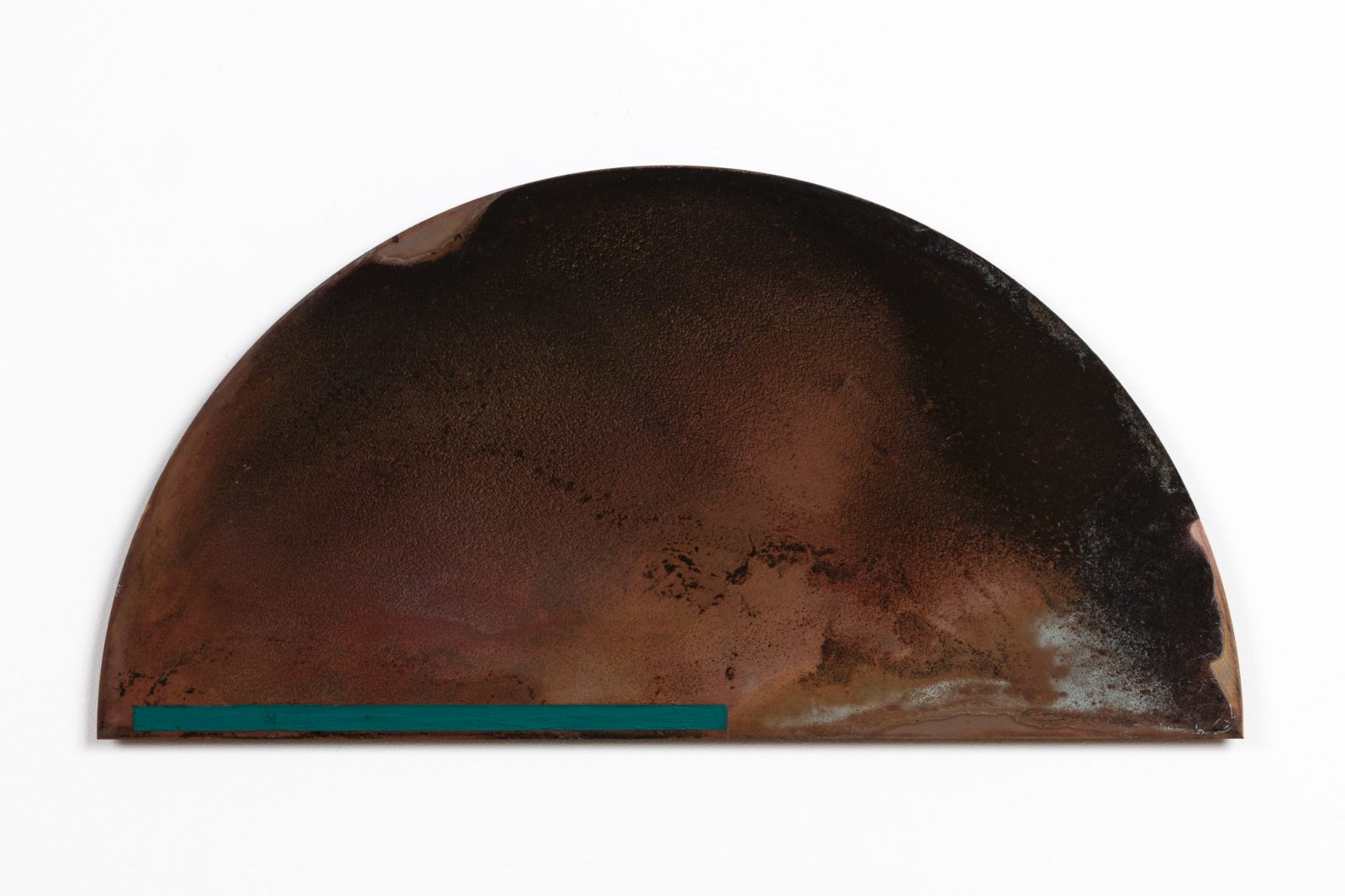
oil and patina on copper
175 x 350 mm

oil and patina on copper
175 x 350mm
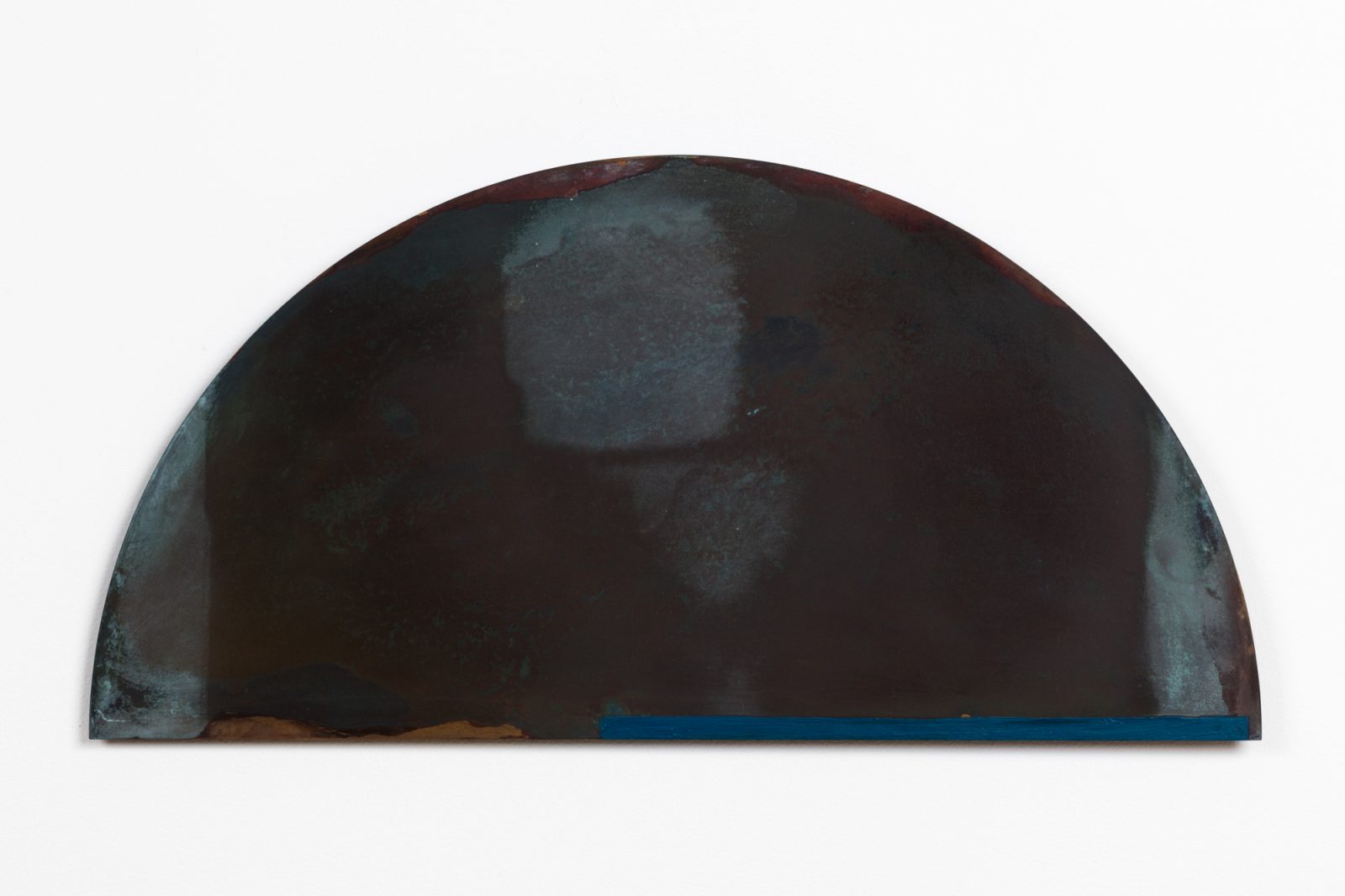
oil and patina on copper
175 x 350 mm
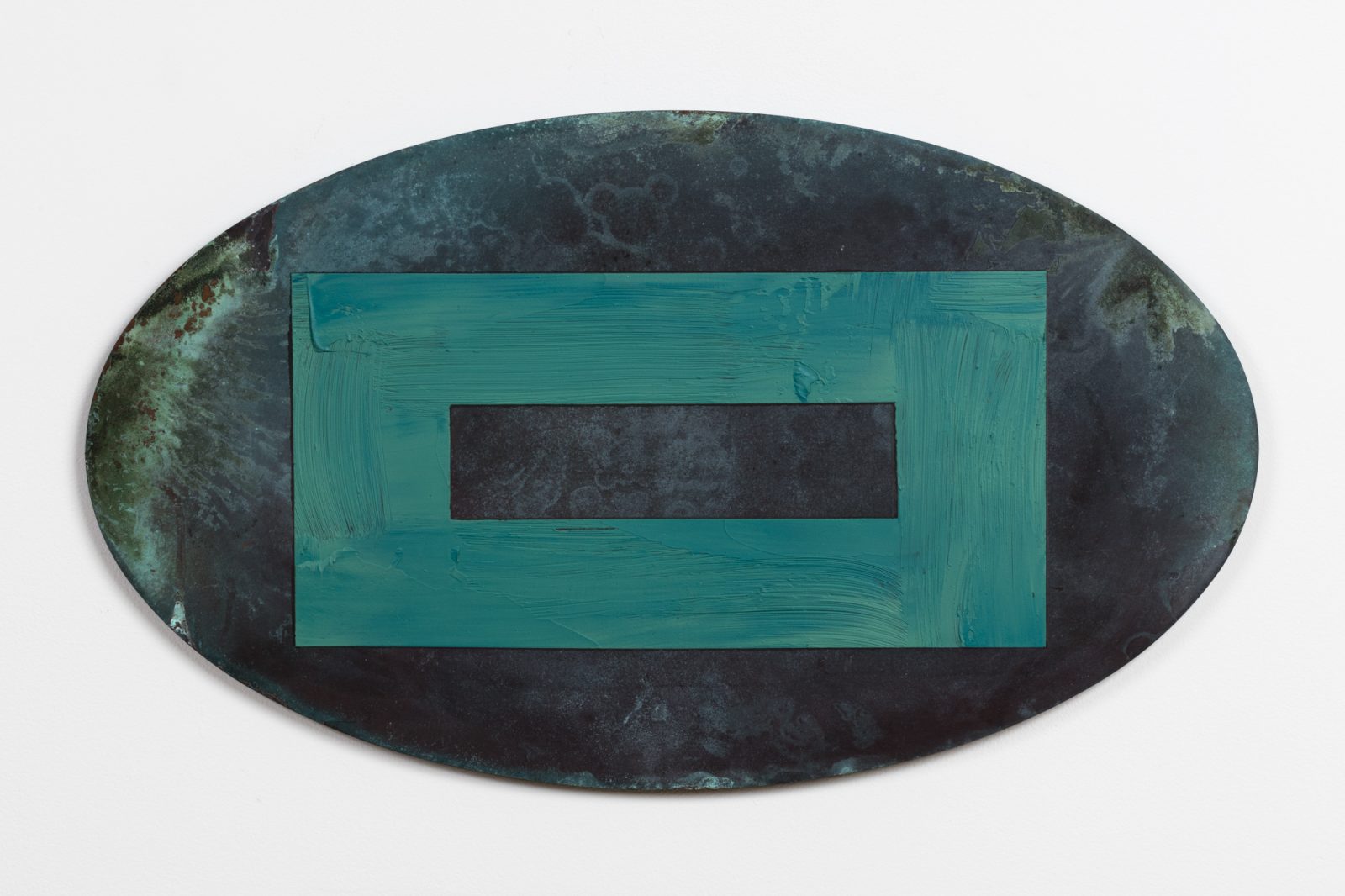
oil and patina on copper
220 x 380 mm
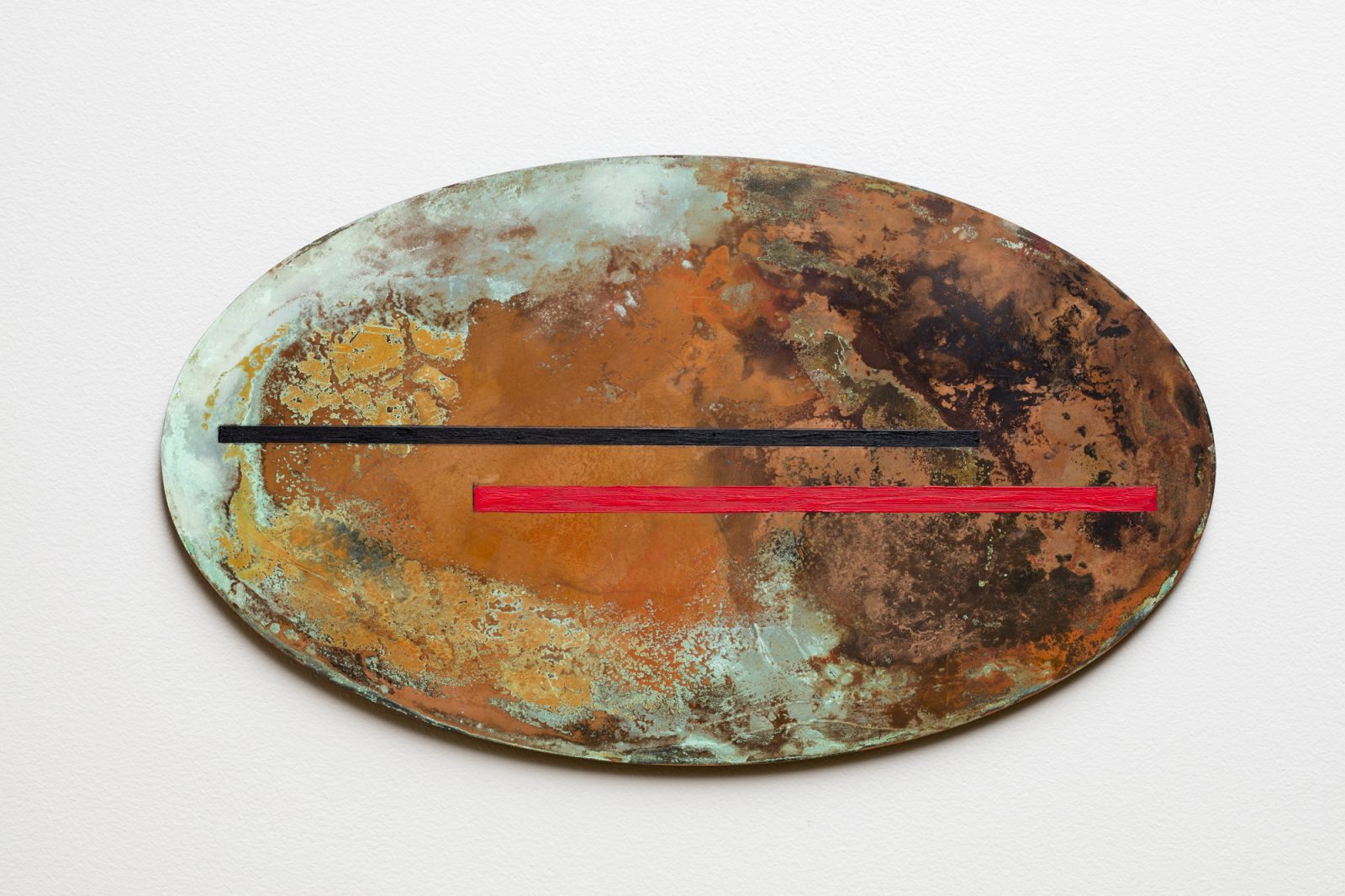
oil and patina on copper
220 x 380mm
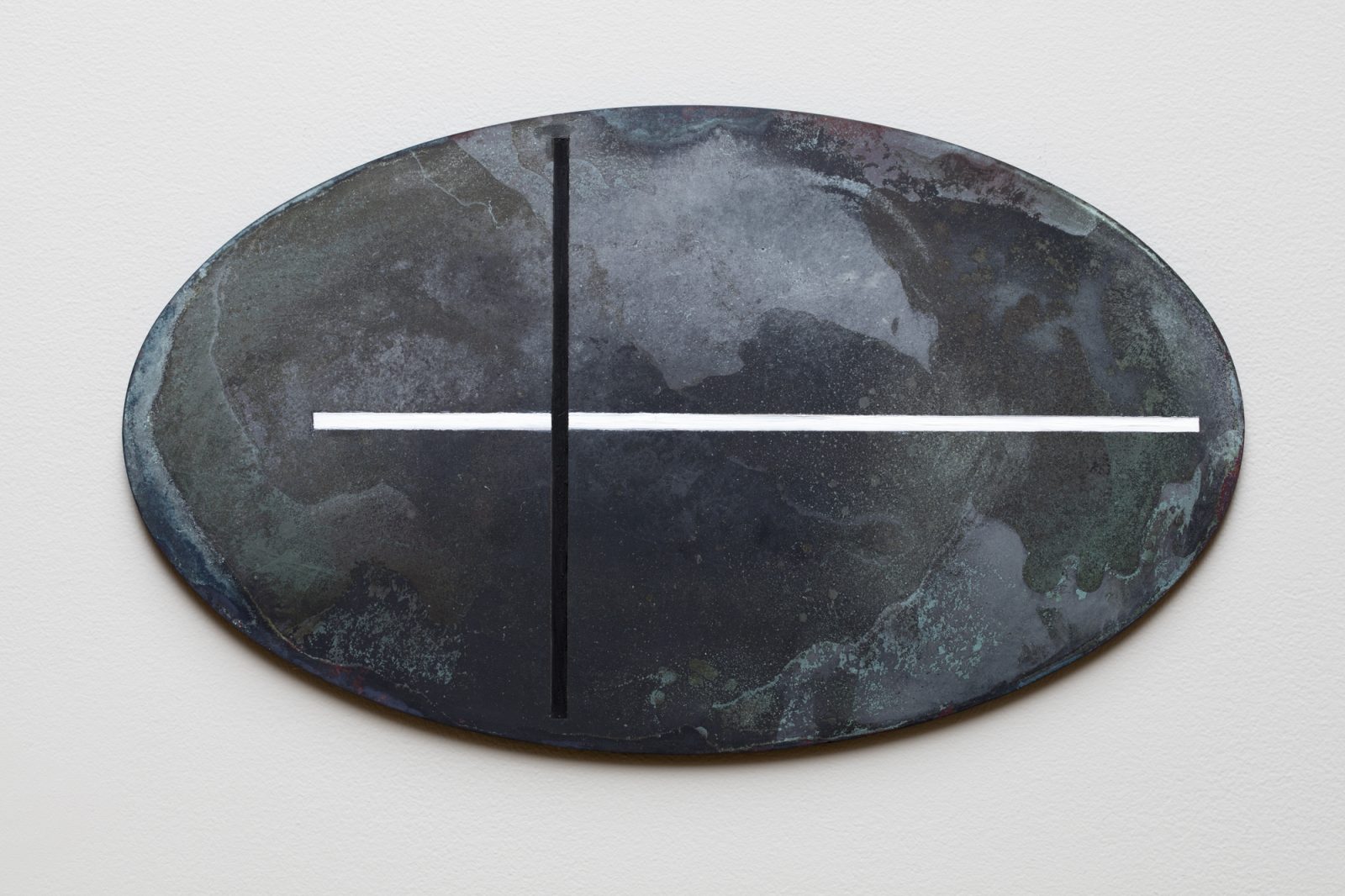
oil and patina on copper
220 x 380 mm
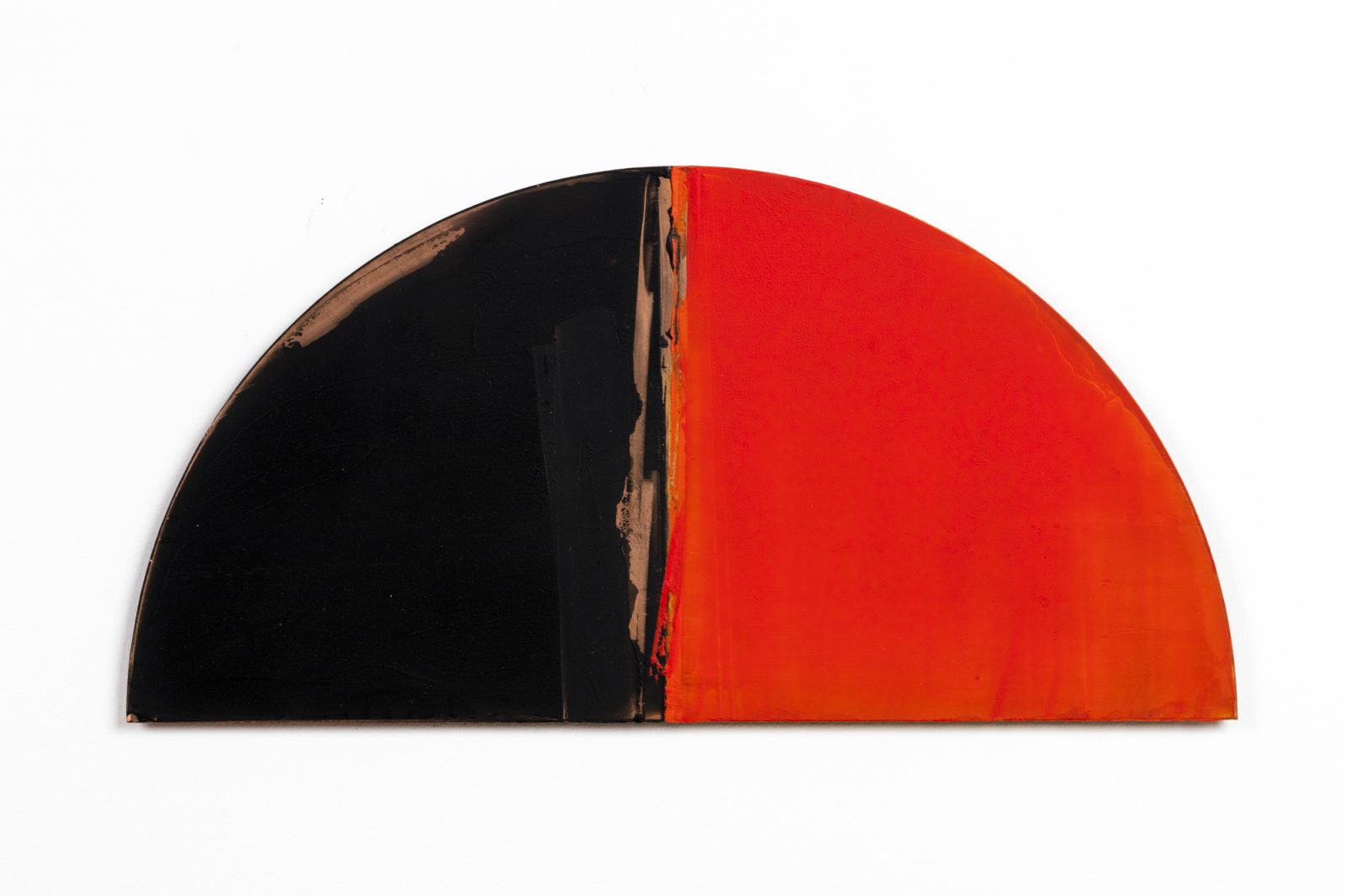
oil and patina on copper
170 x 340 mm
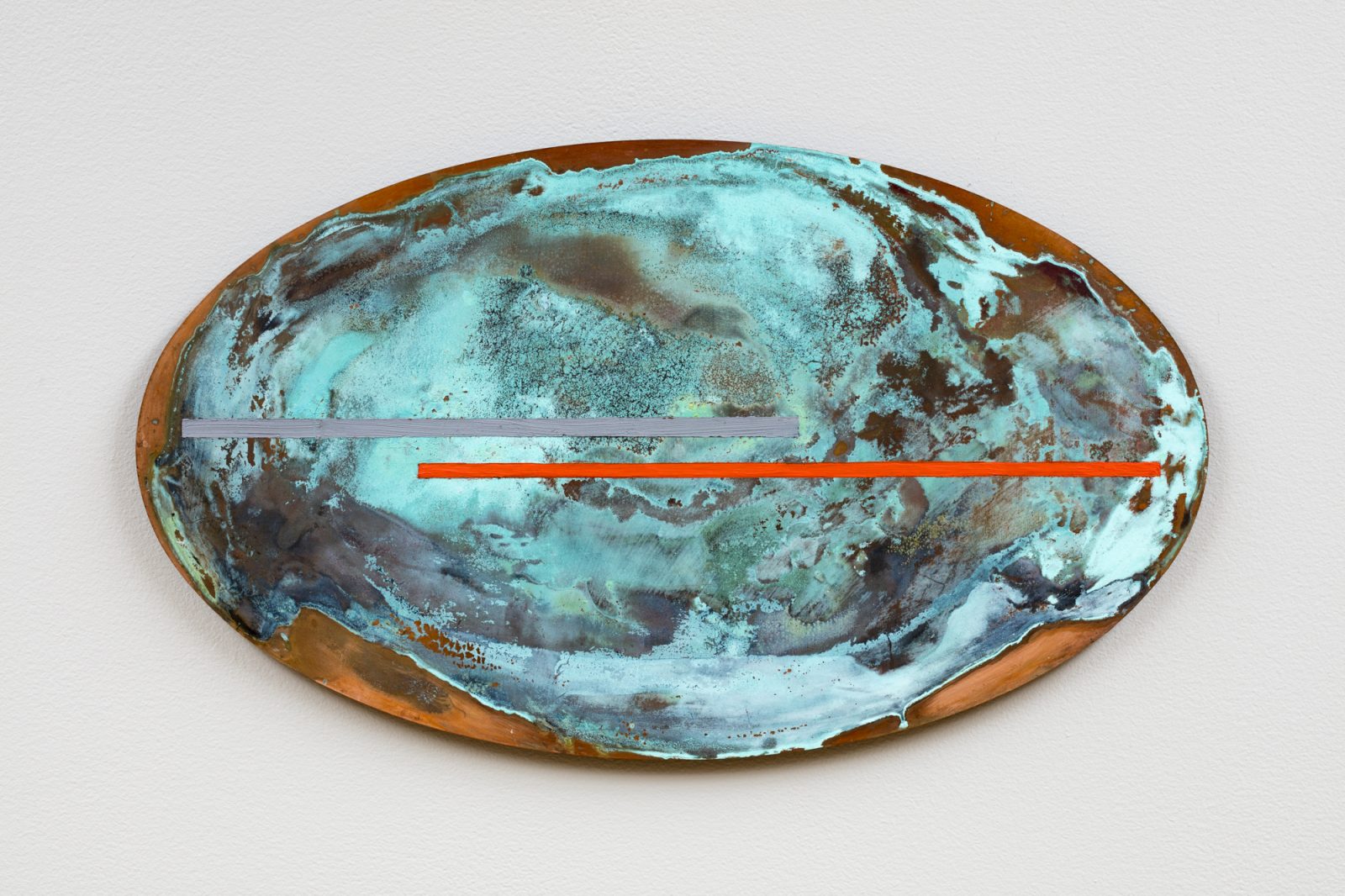
oil and patina on copper
220 x 380 mm
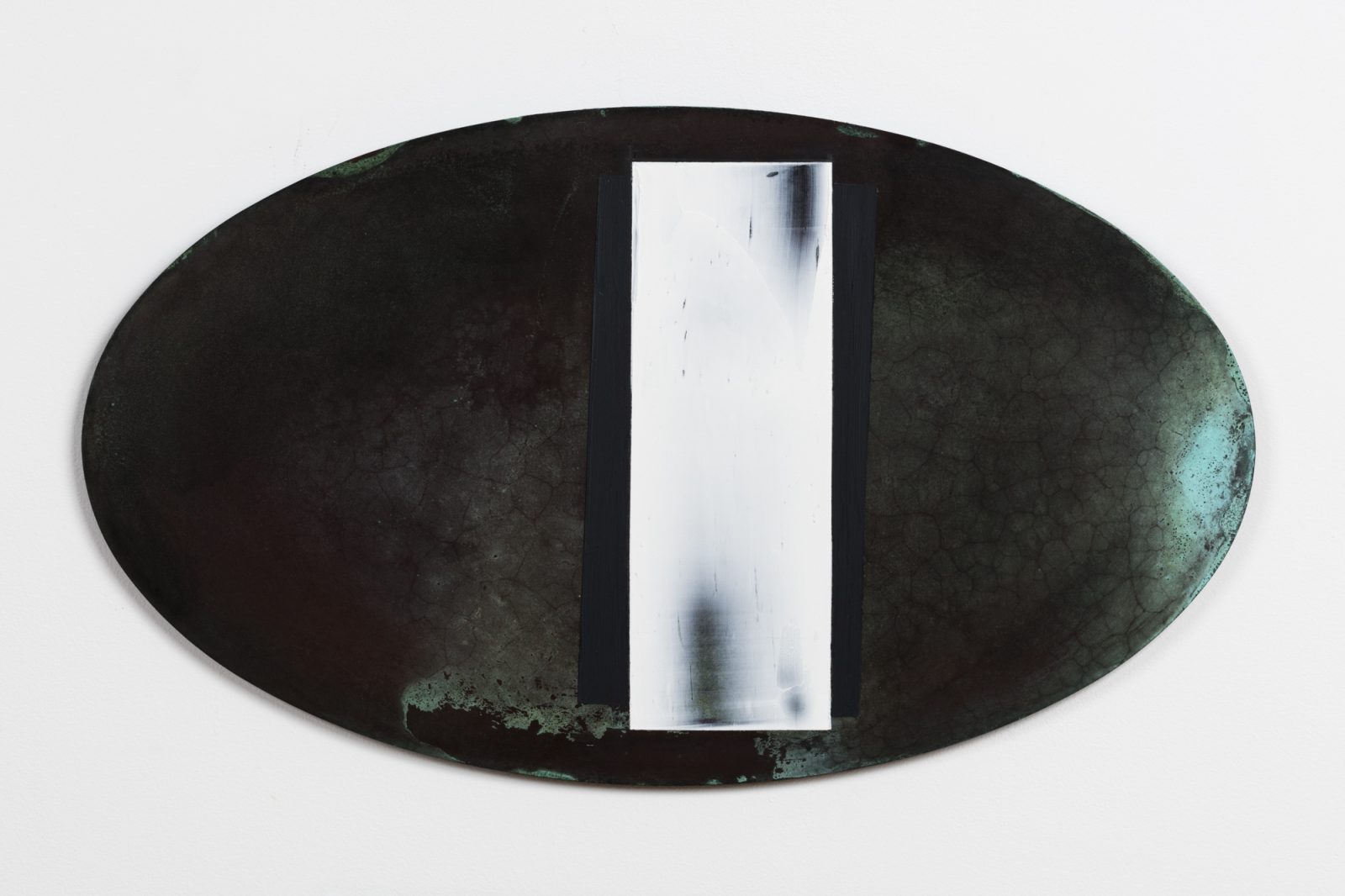
oil and patina on copper
220 x 380 mm
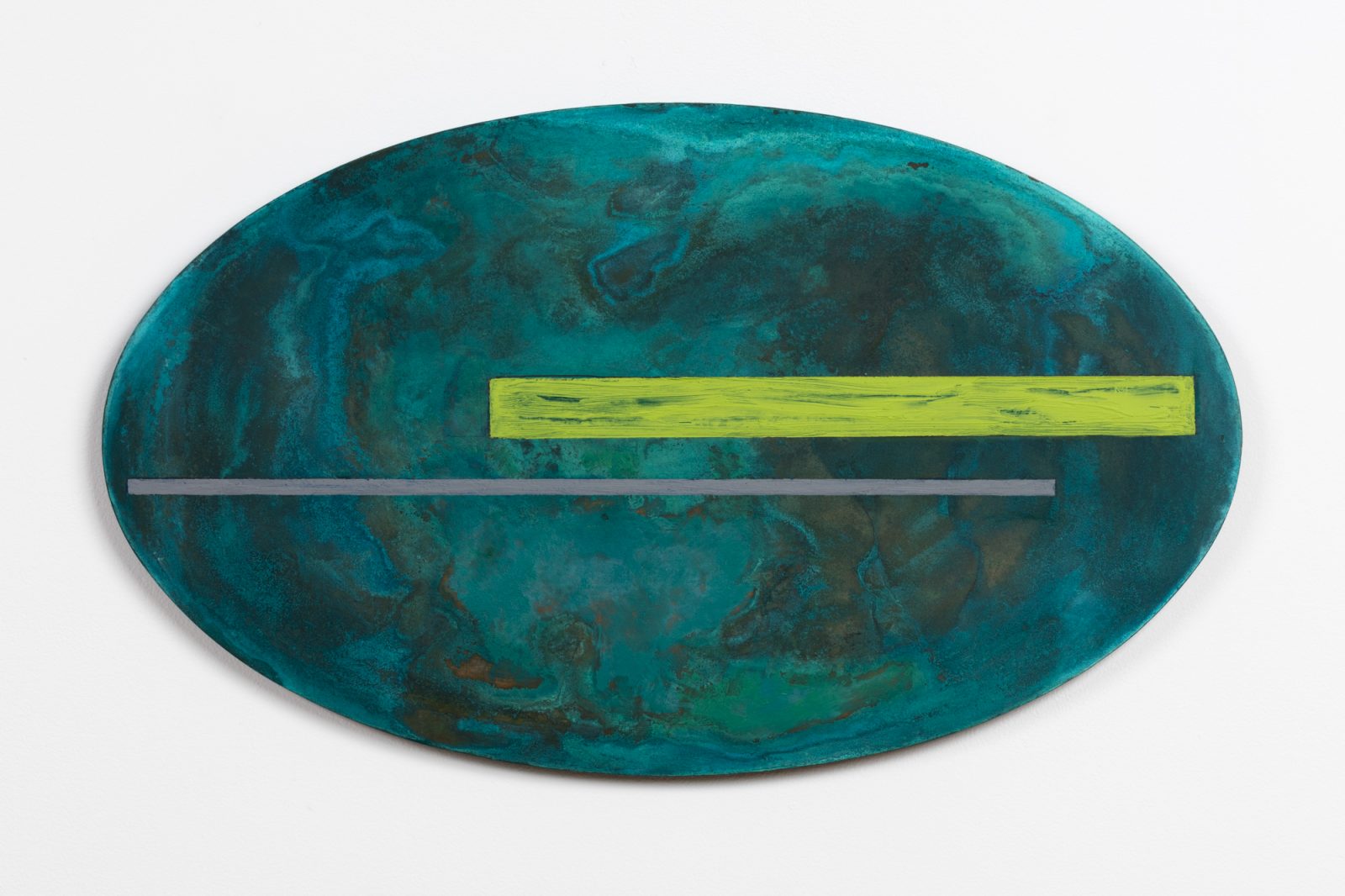
oil and patina on copper
225 x 380 mm
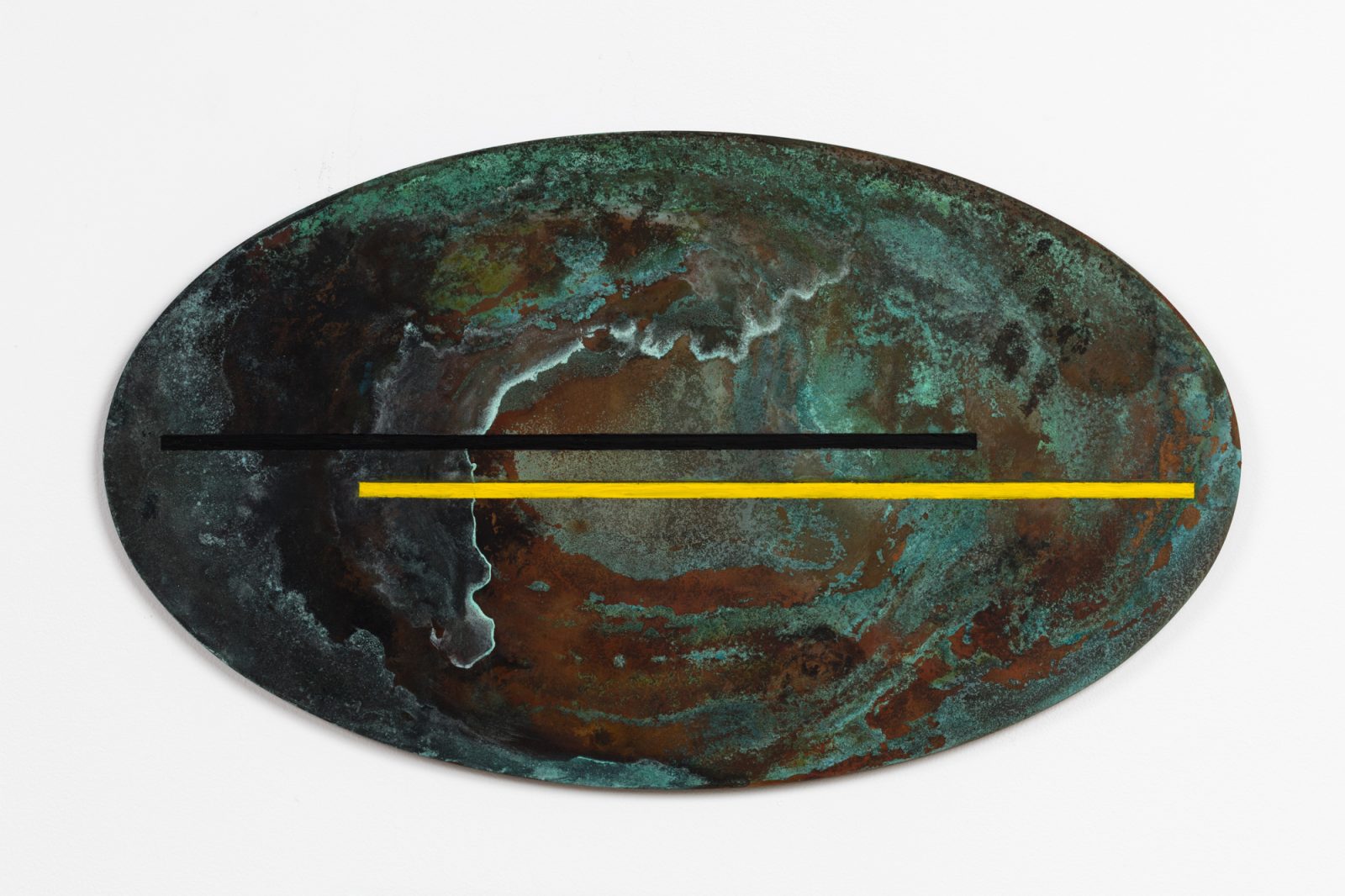
oil and patina on copper
220 x 380mm
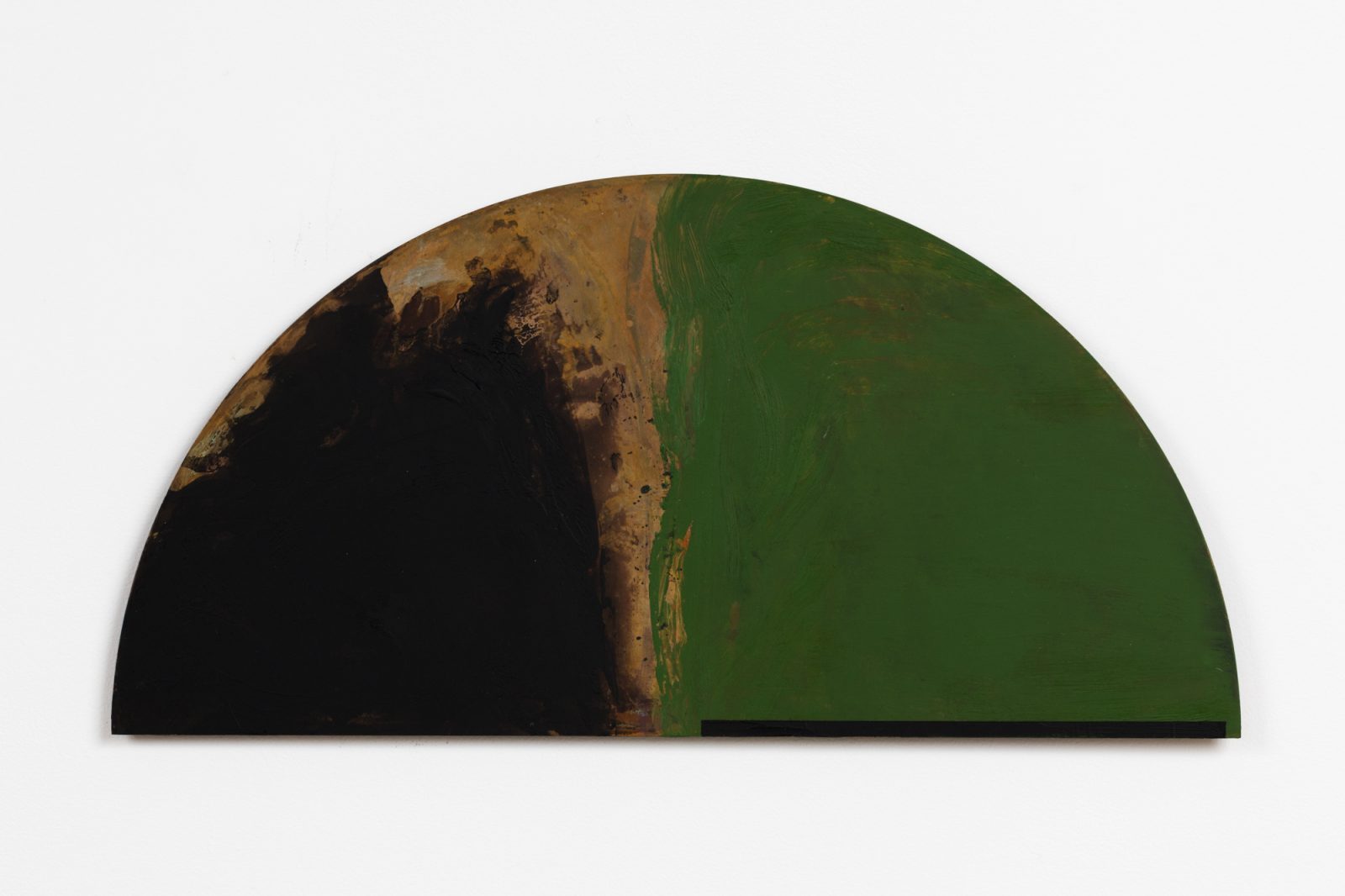
oil and patina on copper
176 x 350mm
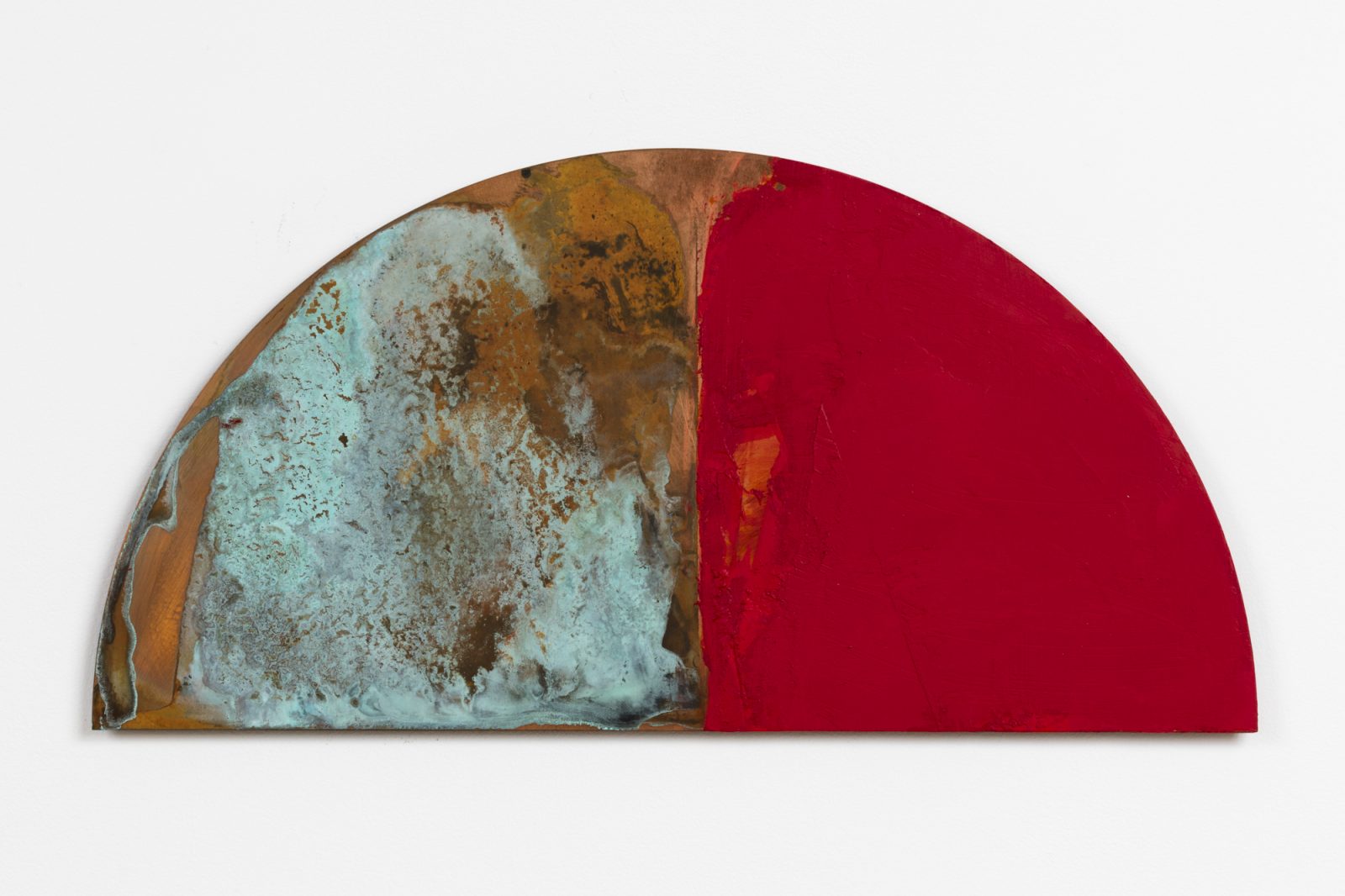
oil and patina on copper
175 x 350 mm
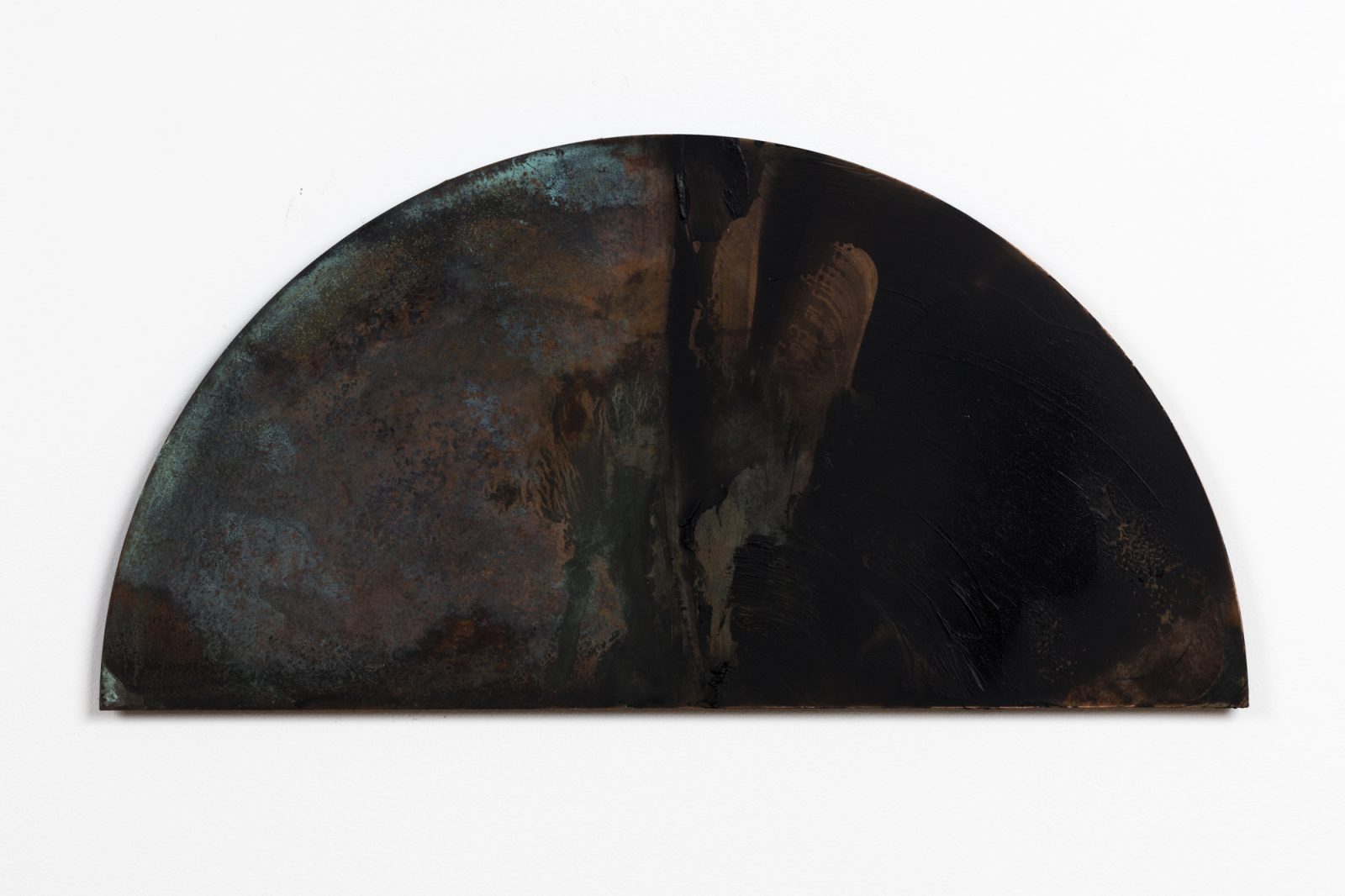
oil and patina on copper
175 x 350mm
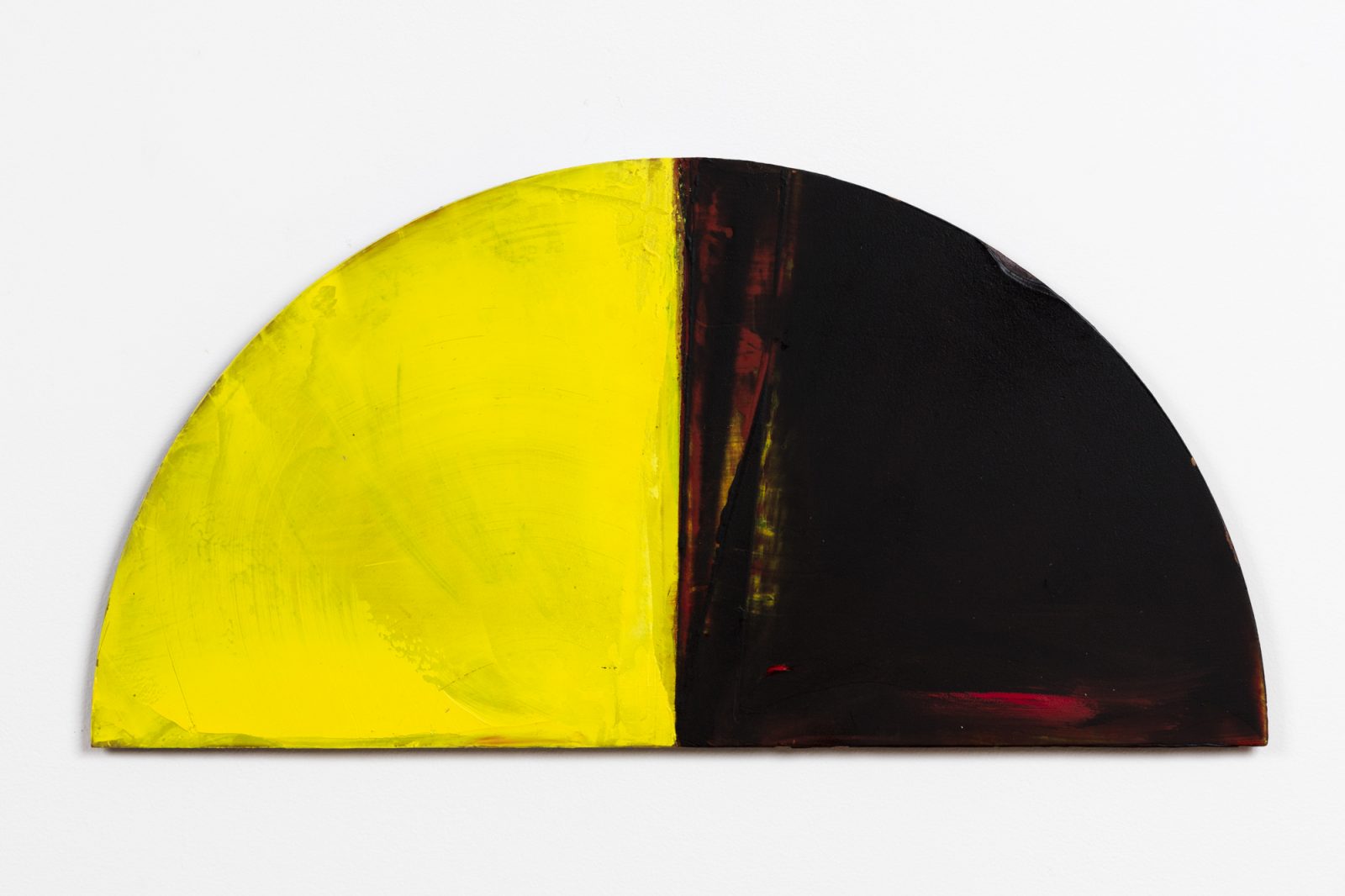
oil and patina on copper
175 x 350 mm
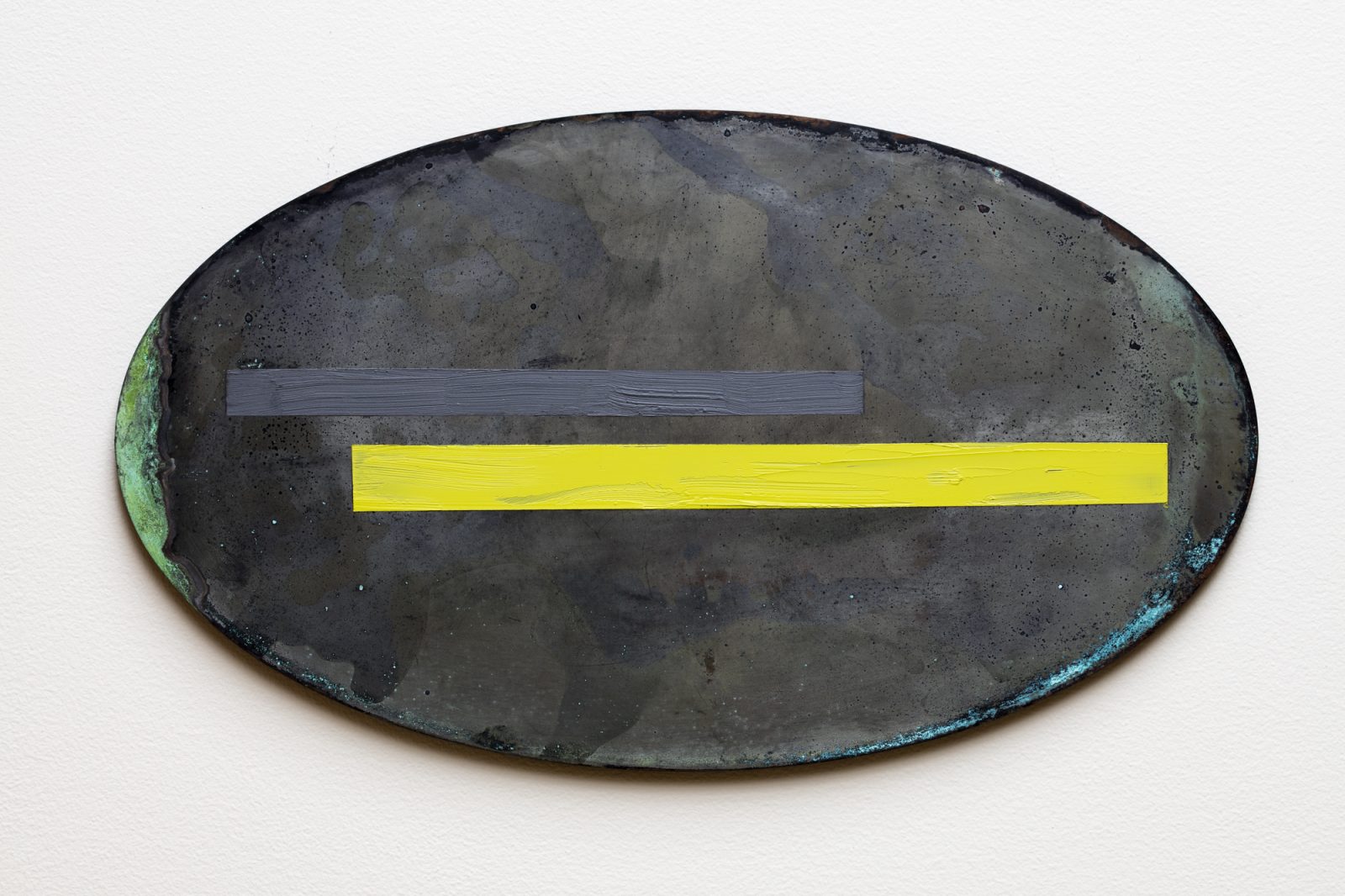
oil and patina on copper
220 x 380 mm
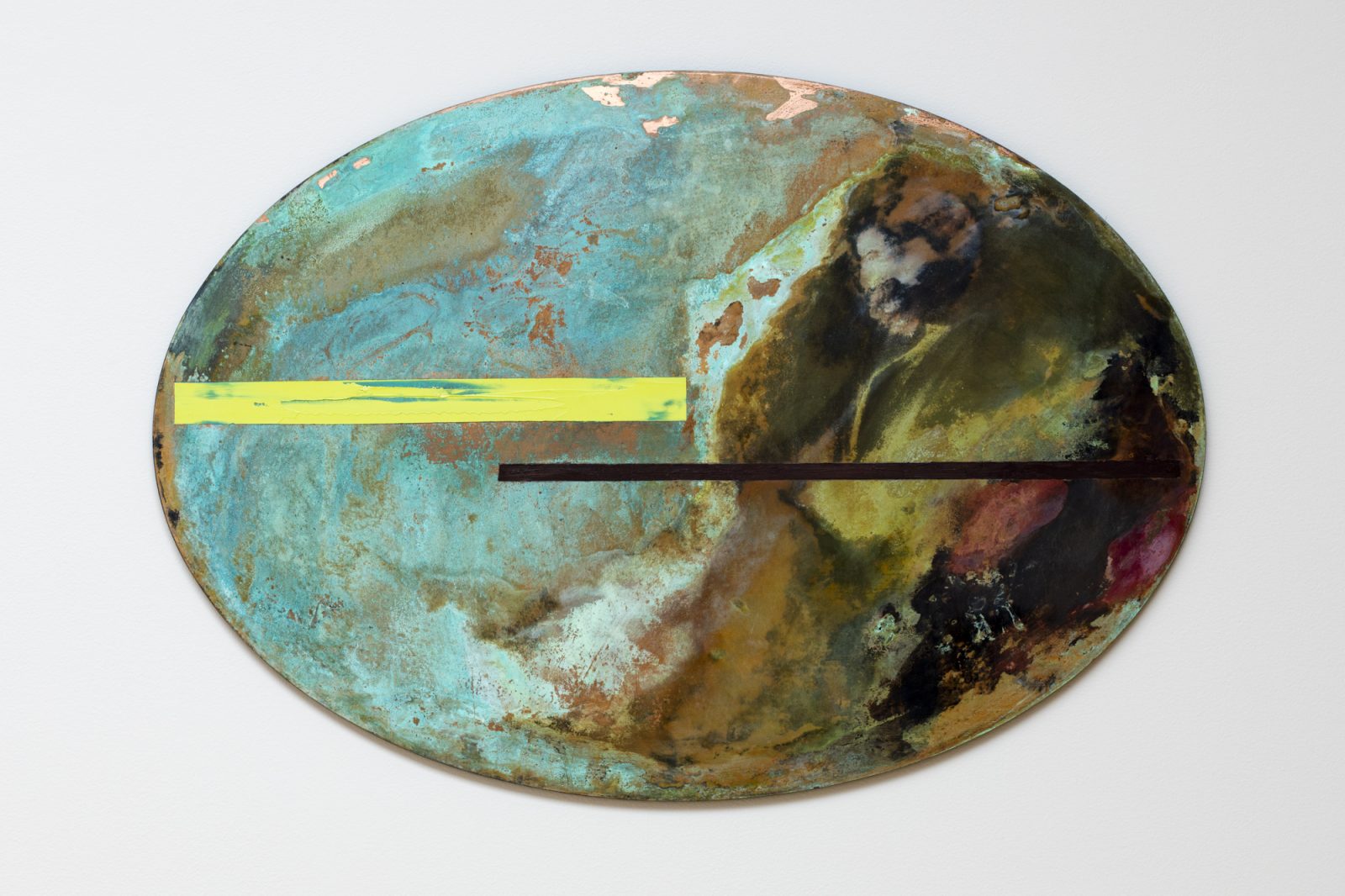
oil and patina on copper
430 x 620 mm
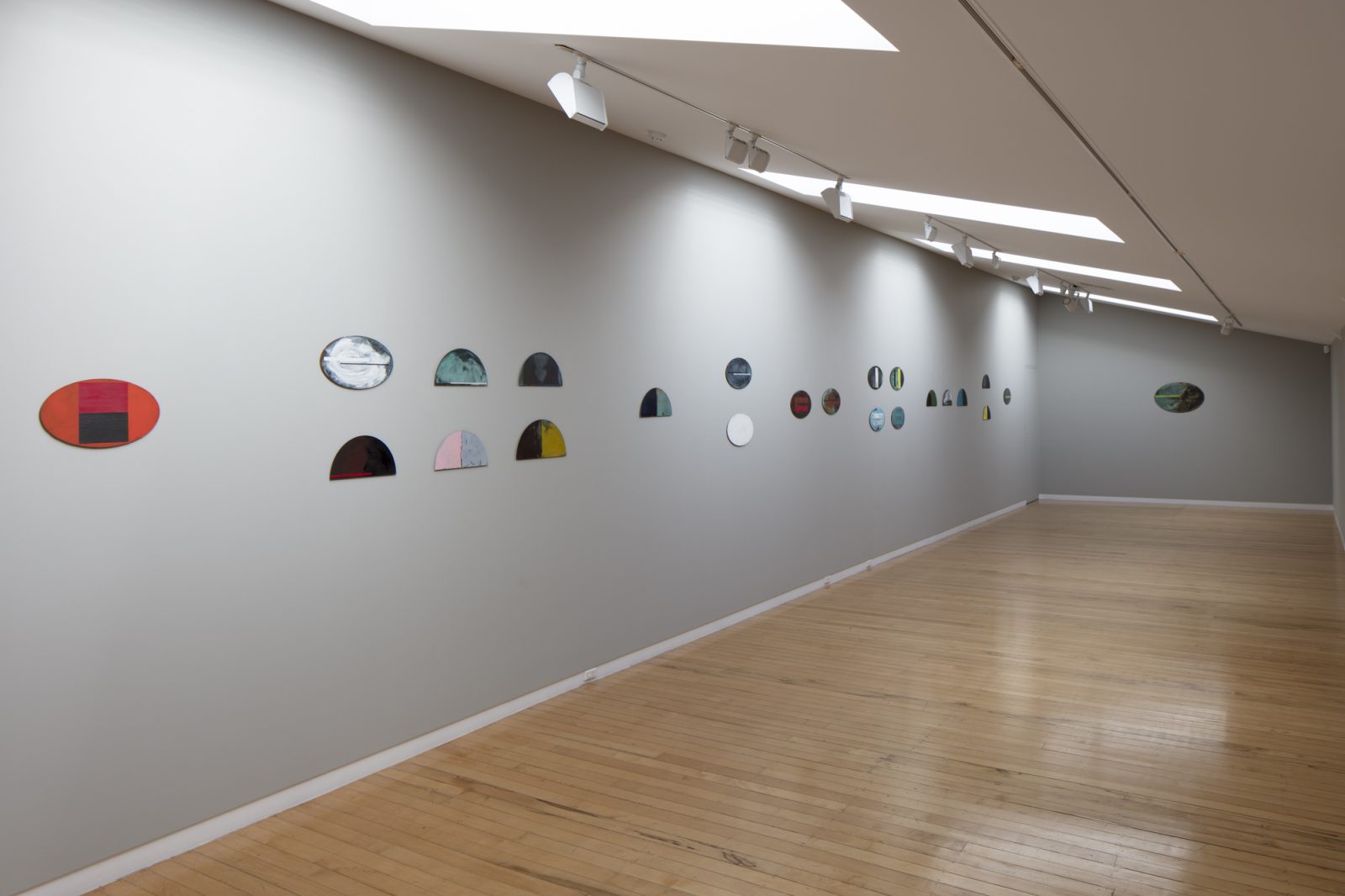
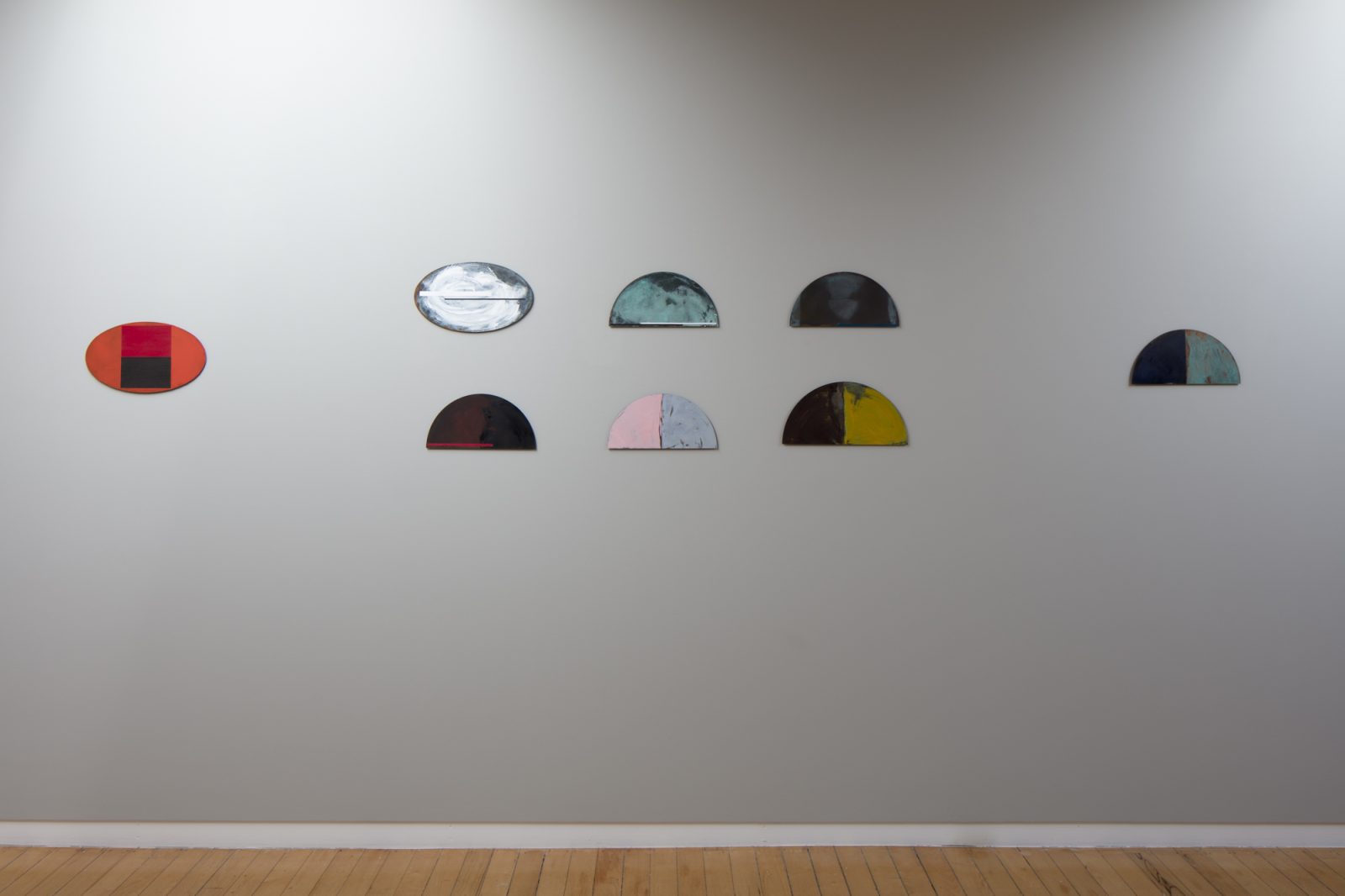
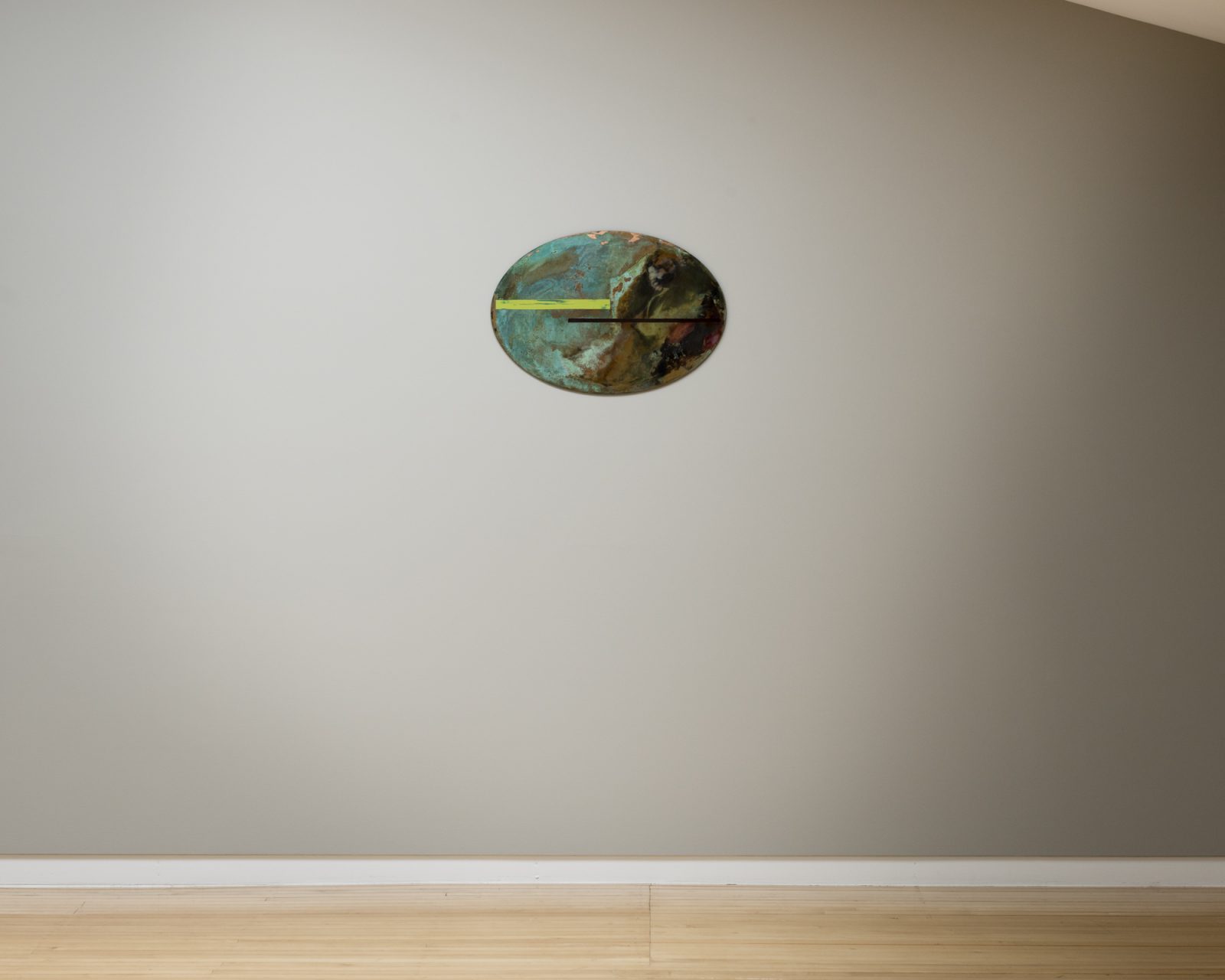
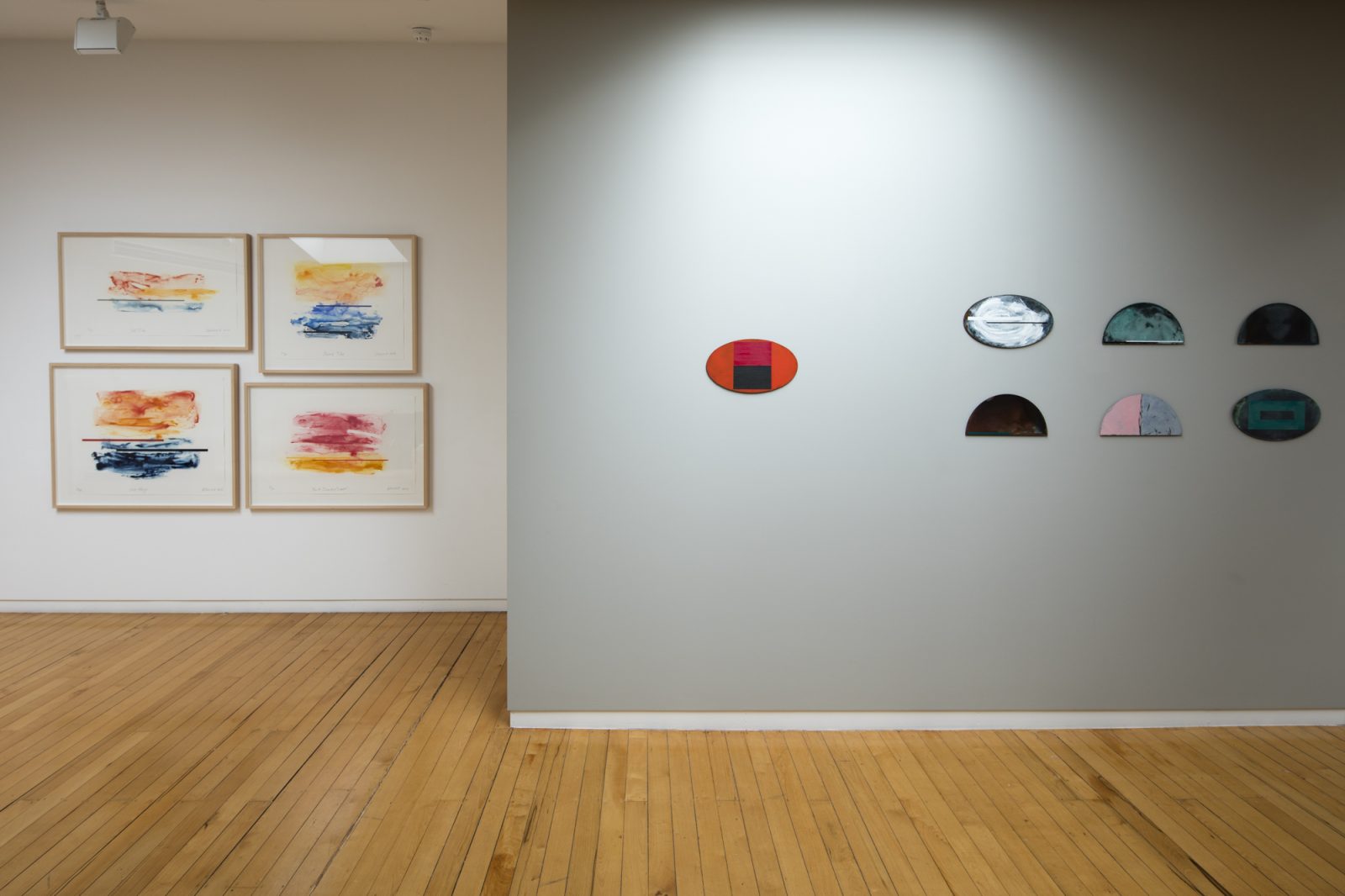
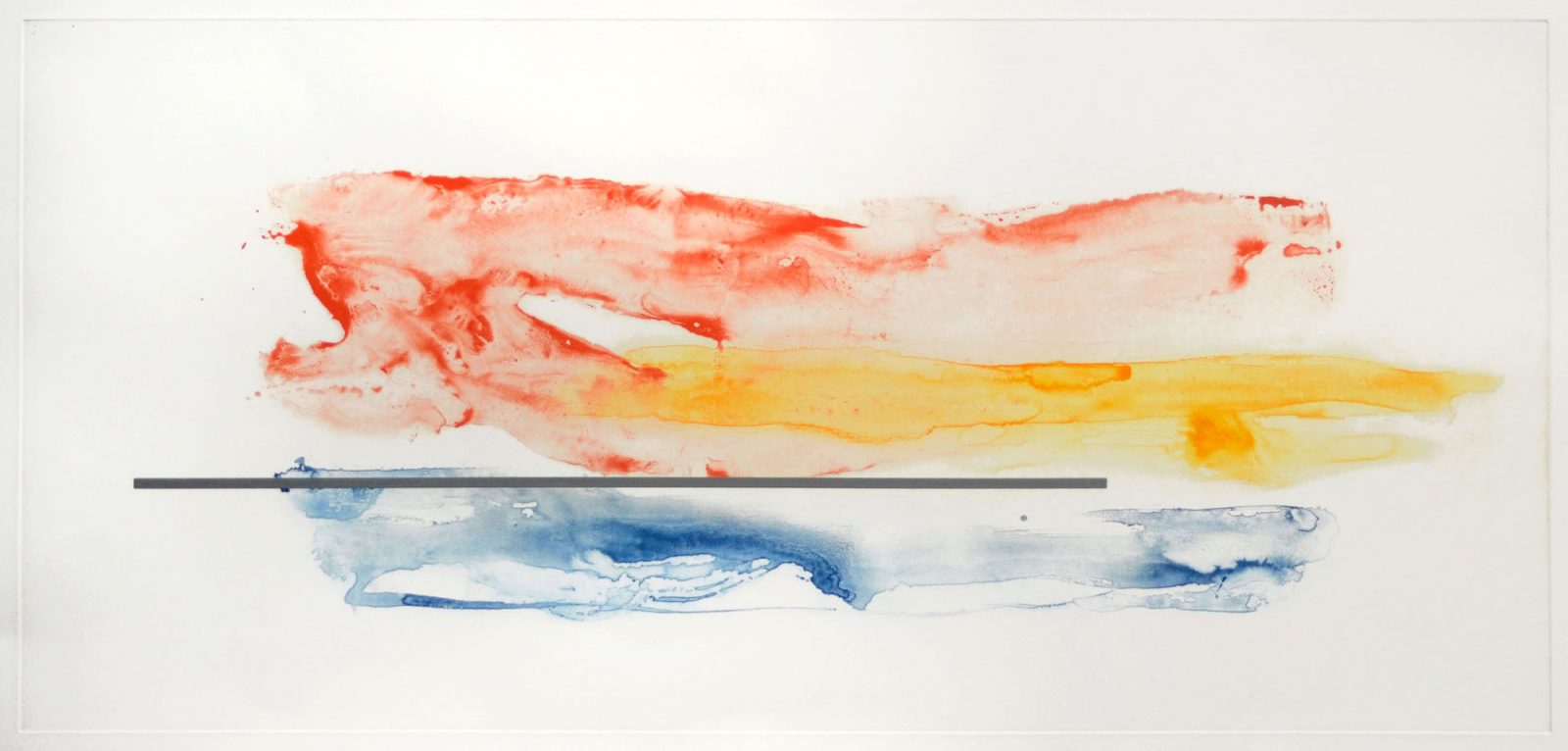
Polymer photogravure etching on Somerset 200gsm paper
705 x 1125
edition of 30
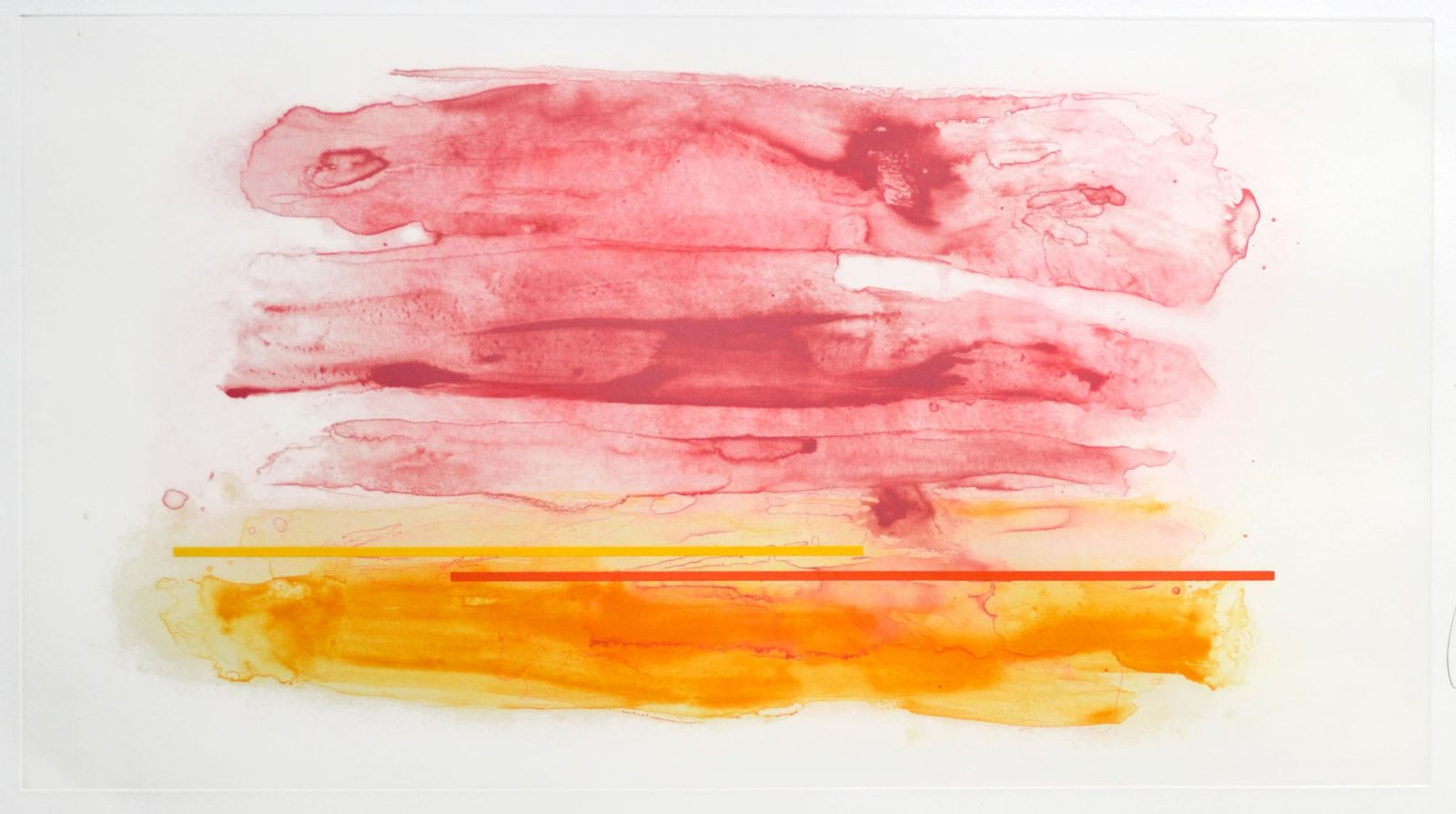
Polymer photogravure etching on Somerset 200gsm paper
765 x 1095 mm
edition of 30
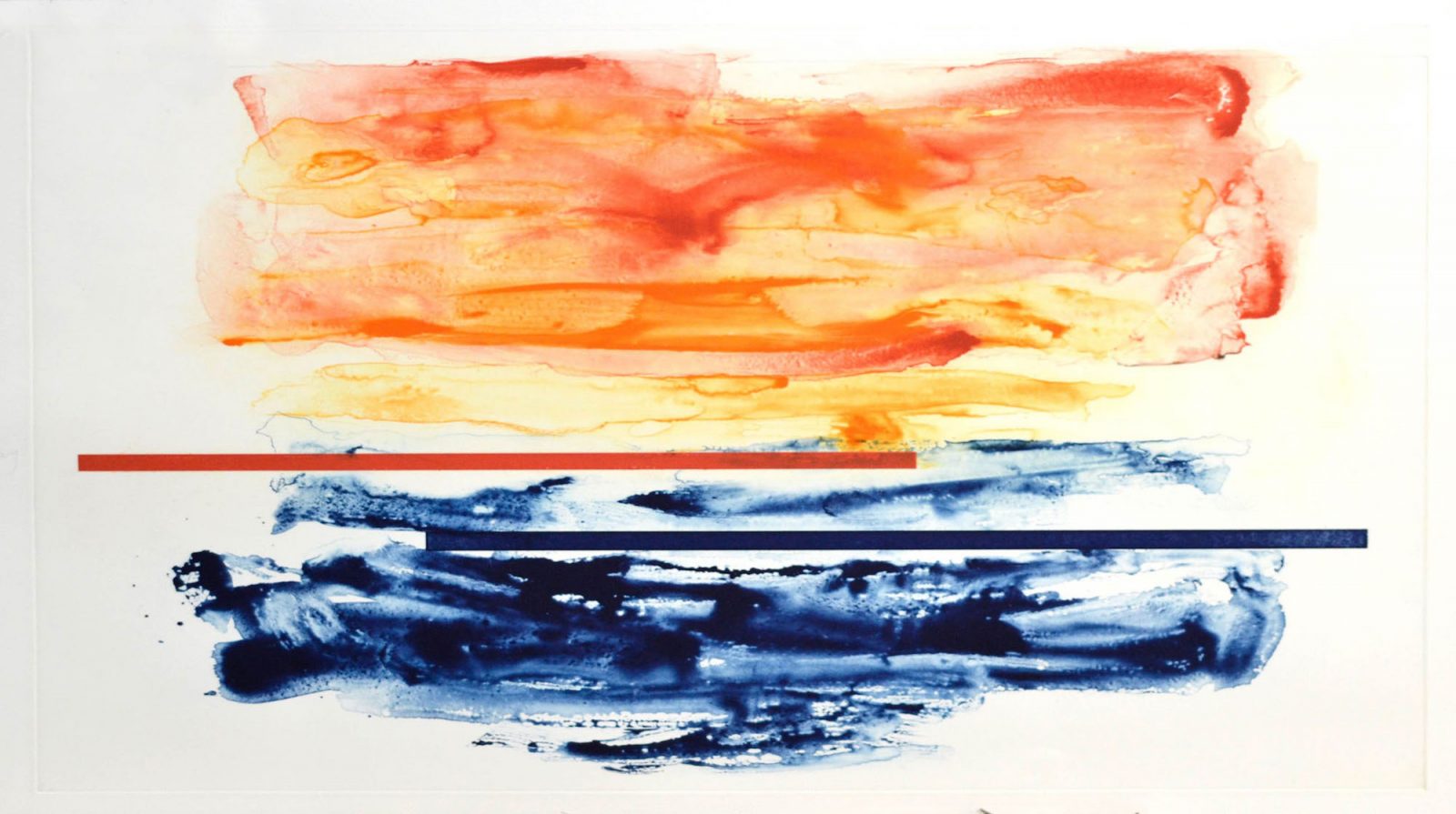
Polymer photogravure etching on Somerset 200gsm paper
705 x 1125 mm
Edition of 30
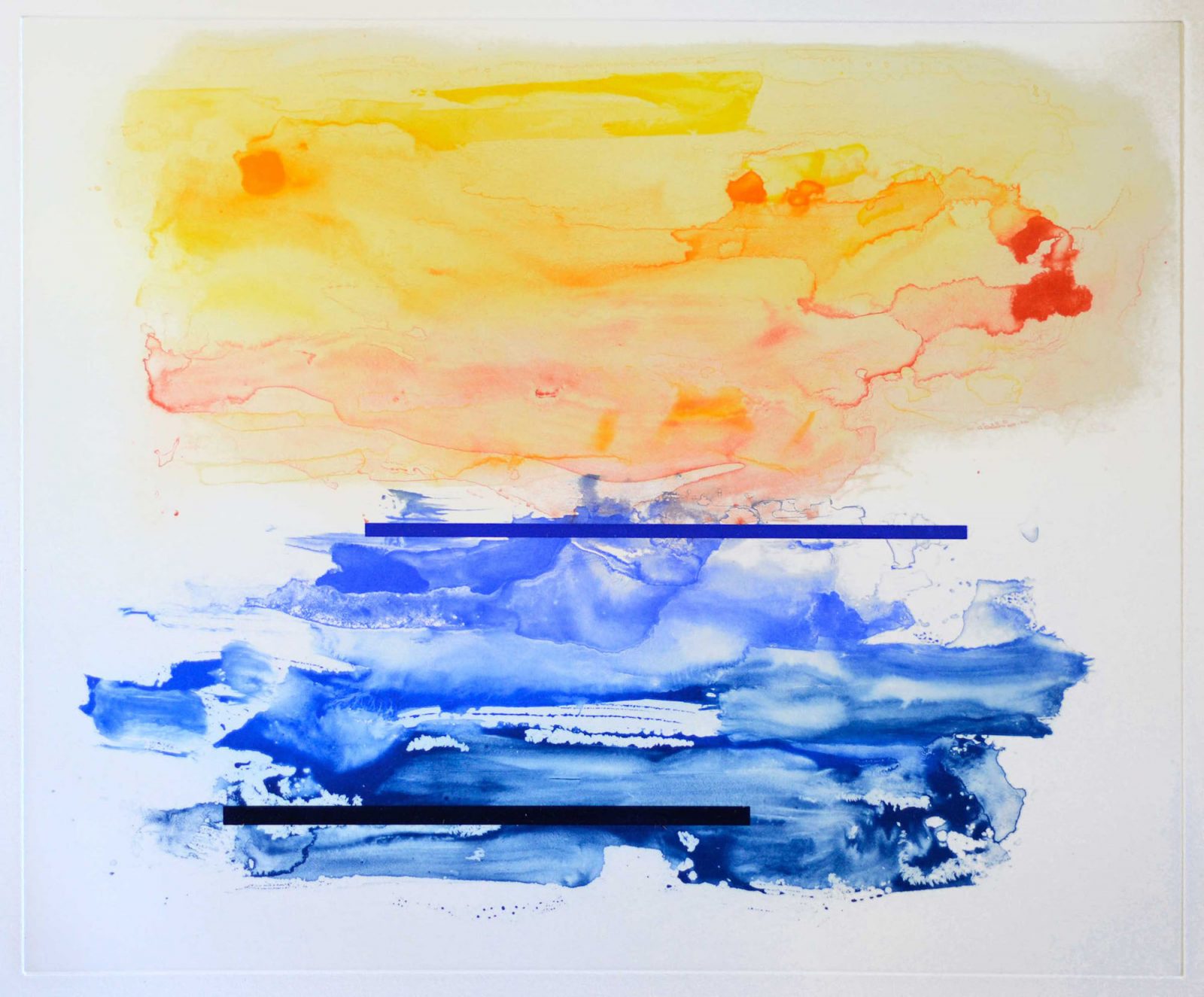
Polymer photogravure etching on Somerset 200gsm paper
705 x 1125 mm
Edition of 30